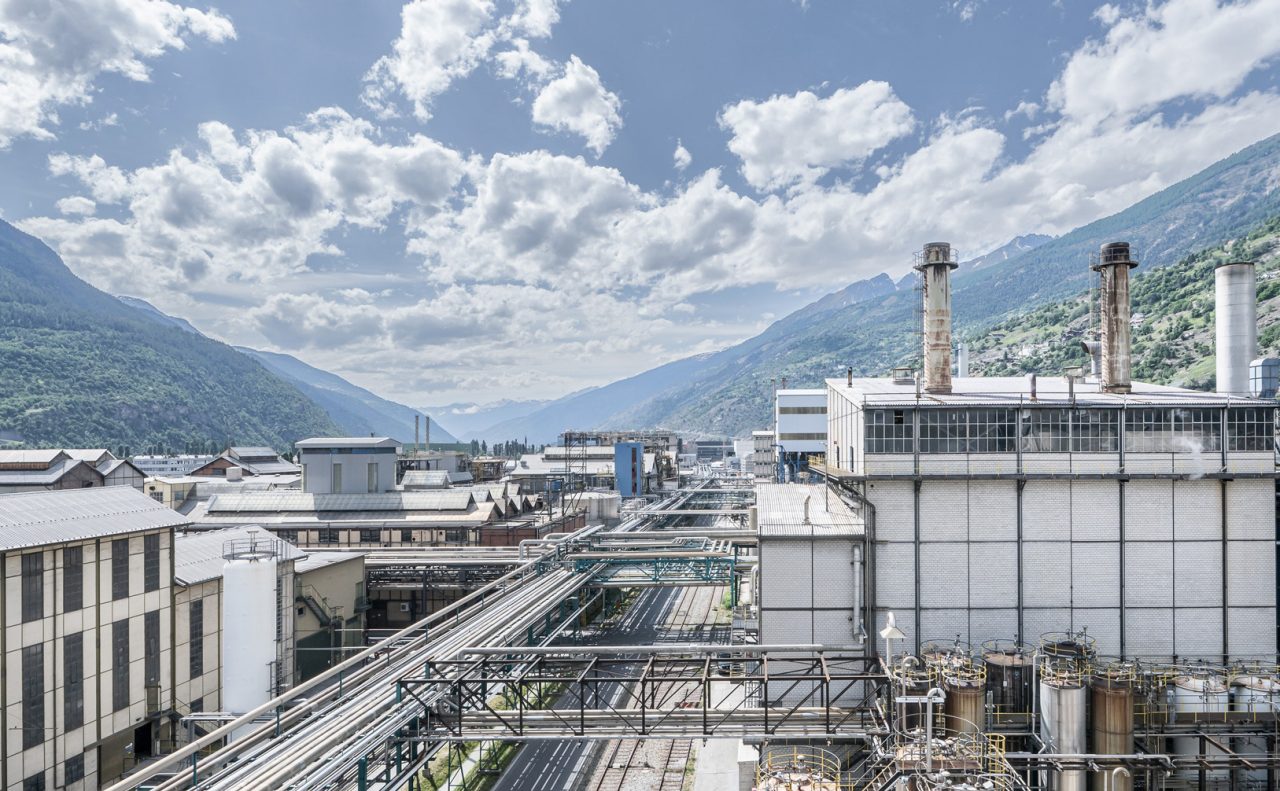Water management

Water is an essential resource for our operations, used in various ways across our facilities, including to cool our processes and to produce steam. With water scarcity as an emerging concern for our operating areas, carefully managing our water consumption is key to our strategy.
In 2023, we defined a roadmap for our water strategy. The first step was to conduct a comprehensive assessment of water risk and stress across our manufacturing sites. Water risk refers to the potential for water-related challenges to impact various sectors, including agriculture, industry, and communities. Water stress indicates the ratio of total water withdrawals to available renewable surface and groundwater supplies. Our analysis revealed which sites are located in high-risk or high-stress areas. We are committing to deploying water management practices at 100% of these sites by 2027.
Water withdrawal, use and release
Where possible and available, we draw water from groundwater wells, or nearby sources, such as rivers and lakes. Where groundwater use is not a possibility, we rely on water supplied by municipalities.
Withdrawn water is for various purposes at our facilities:
We use and dispose of water in various ways, always respecting and adhering to the local requirements and regulations, drawing from industry best practices. This includes releasing water back into water bodies or municipal water streams, discharging it into wastewater treatment plants or incinerating hazardous wastewater.
Cooling water in Visp
Located near the river Rhone in Visp, Switzerland, our largest production site benefits from the naturally cold waters of the Swiss Alps, maintaining a temperature of 4°C - 8°C throughout the year. This unique advantage eliminates the need for energy-intensive cooling towers, allowing us to operate our facilities with minimal environmental impact.
Looking forward to 2025
Looking ahead to 2025, we are dedicated to continuing our efforts to protect and preserve water as a vital natural asset for future generations. We will continue to actively engage with our sites to assess their ability to measure their water balance (consumption, uses and outflows), and establish a comprehensive baseline for the entire organization. In particular, we will work with high-risk and high-stress sites to establish water management practices. Water-related risks will be reassessed periodically and integrated into Arxada´s Enterprise Risk Management System starting in 2025.


